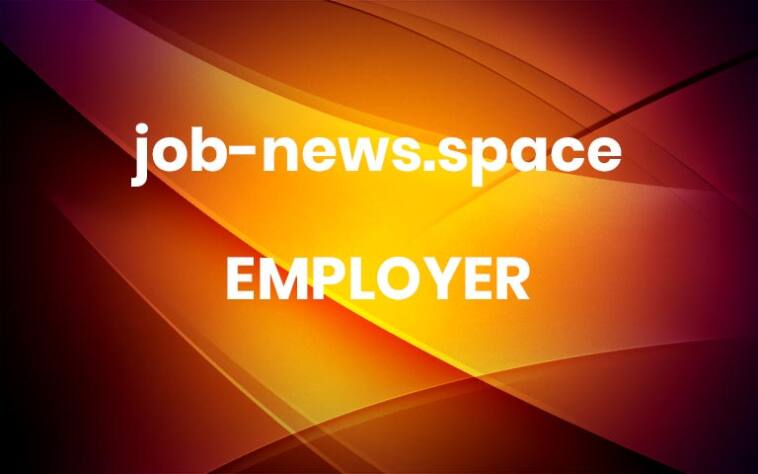How to Use Your Employer Brand to Reduce Hiring Costs
The success of every company hinges on its people. But attracting the best talent isn’t always an easy feat. Companies often invest significant amounts of money into the bottom of the recruitment process — job boards and recruiters. But at Flexa, we’ve found that a great employer brand can reduce hiring costs whilst attracting the high-quality candidates your company needs to grow.
At its simplest, employer branding is a combination of:
Your employee value proposition (EVP), which will probably centre around your working environment and flexible working policies
Your company culture
Your employees’ voices.
And then, importantly, knowing exactly how and where to shout about all this hard work!
Here’s how it’s done.
1. Identify your Employee Value Proposition
A strong employer brand is built on authenticity, transparency, and a positive reputation. Start by working out what you want to be known for, what you represent, and what you can offer employees that other companies can’t (this is your EVP). This is the perfect time to identify any areas for improvement that don’t reflect positively on your brand. It’s never too late to shake up company culture to attract and retain a happy team.
When setting out your EVP, make sure to be authentic. There’s no point in making promises you can’t keep, as this only leads to disgruntled new hires later on.
Once you’ve identified your EVP and what makes you unique, you can start shouting about it.
2. Leverage social media
Social media is an indispensable tool for employer branding. Create a strong presence on relevant platforms (at Flexa we love LinkedIn) and consistently share content that reflects your company’s culture, values, and employee achievements. Engage with potential candidates through relevant hashtags and participate in industry discussions (hosting your webinars can be a great way to draw people in). By utilizing these platforms effectively, you can reach a broader talent pool and reduce reliance on expensive recruitment agencies or job boards by having talent excited to be part of your company when you are ready to hire.
3. Encourage employee advocacy
There are no better advocates for your company than those who already work for you. They’re your biggest ambassadors and the most authentic marketing tool. Encourage employees to share their positive experiences and wins on social media; and amplify their stories through company channels and website testimonials. At Flexa, our team often posts about how they’re making the most of flexible work.
By leveraging employee voices, you can tap into the networks of trusted employees whilst giving potential candidates an invaluable window into your world, so they can make an educated decision about whether you’re the right fit for them.
Remember though, this needs to be authentic: people are smart; they can tell when someone has been told to post something nice about a company. The real stories from real employees will have a much more significant impact!
4. Shake up your success metrics
Many companies will measure their employer brand’s success using applications and hires alone. But your employer brand is far more extensive than that, so you need to evolve the marketing metrics you use to measure it.
Employer brand is a strategic marketing effort. Therefore, when starting out, consider measuring the success of your efforts using metrics like reach (impressions/profile views on company and employee pages), engagement (company saves/likes/subscribes/ speculative interest), and audience relevance (diversity/geography/ skills of candidates coming through the pipeline).
Lower down the funnel, you need to measure applications and hires, as well as things like alignment and diversity. If you focus on getting maximum relevant reach to start with, you will drive down your ultimate cost to hire.
5. Foster positive candidate experiences
Treating candidates with respect and providing them with a positive experience during the hiring process can significantly impact your employer brand. Maintain clear communication throughout the process, provide timely feedback, and offer a smooth and efficient application process. Even if a candidate is not selected, leaving them with a positive impression can lead to recommendations or future applications. This approach helps build a strong employer brand and reduces the need for extensive and costly recruitment efforts in the future.
6. Don’t just focus on employer brand when you’re hiring
An employer brand doesn’t just need your attention when you’ve got roles to fill. If you want to build a strong talent pipeline, you need to have a true focus on your employer brand all year round.
Rather than forcing applications reactively when you have vacancies, focus on proactively nurturing relationships with potential candidates and engaging with passive candidates online, on platforms like Flexa, and at networking events and conferences all year round. Maintain regular communication with these individuals using the free channels at your disposal. Being consistent in these efforts will pay dividends when it comes to bringing great talent through the pipeline and reducing your cost to hire.
Employer branding should be an essential part of your talent attraction and marketing strategy. If you’re not doing it, take a few steps to get started. It’s easy once you know how.
By Beth Carter, Head of Growth at Flexa.
Share this post: More




